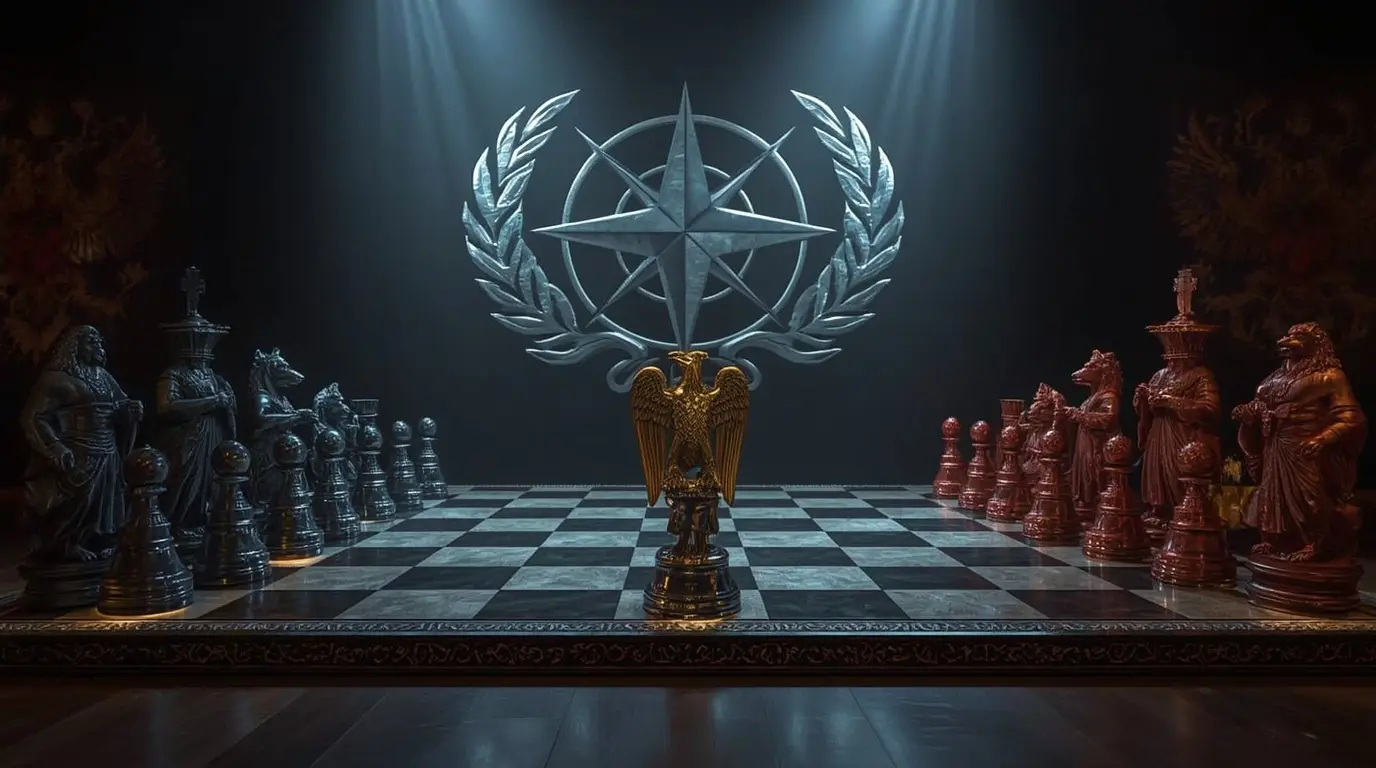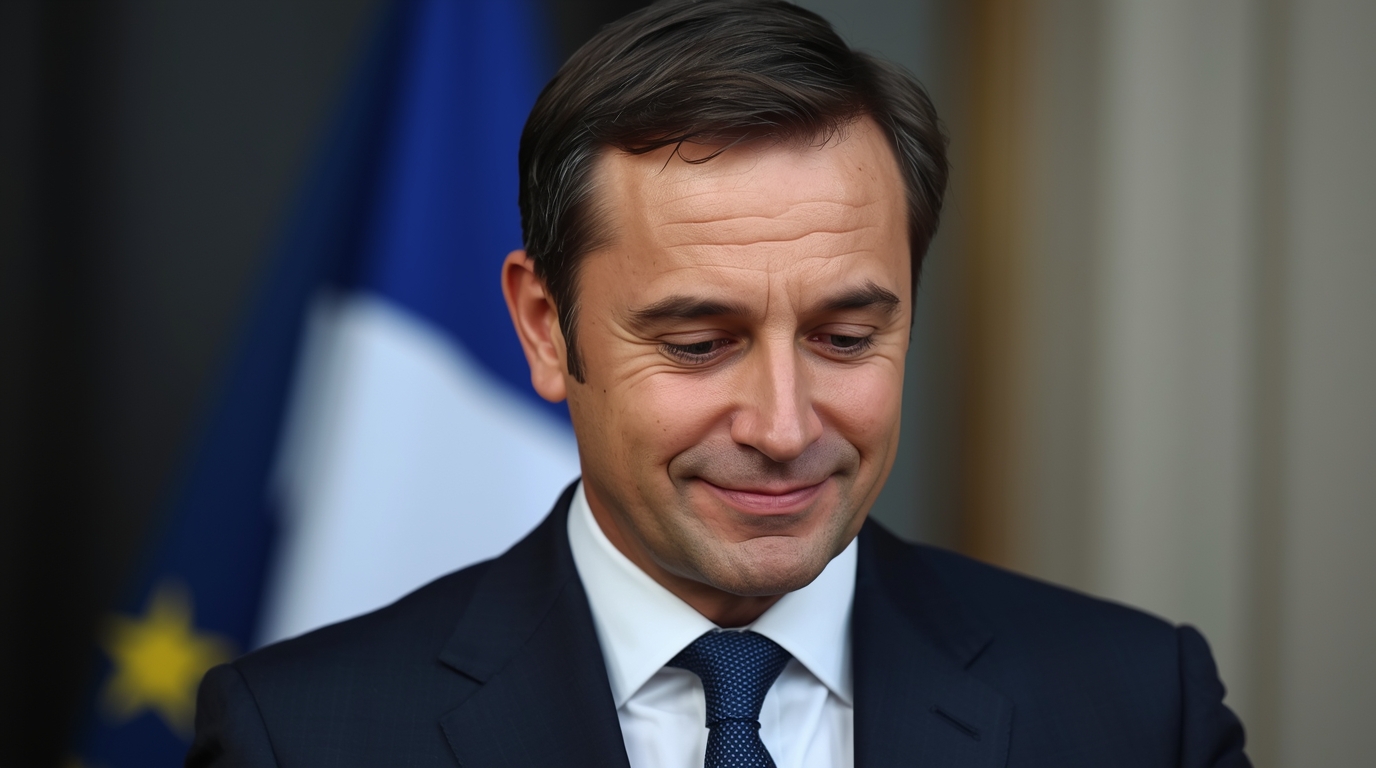Introduction
This week, the Pentagon announced that U.S. military officials attended Russian-Belarusian joint war games, the first time American observers have been present since Moscow’s 2022 invasion of Ukraine. The Pentagon’s participation arrives as NATO allies report rising pressure from Russia, which recently violated airspace in Poland and Romania. The observers were in place during the “Zapad-2025” exercises, a gesture that underlines NATO’s complex balancing act in the wake of that invasion and the Alliance’s concurrent decision to raise defense budgets to 5% of GDP. Together, these moves illustrate the intricate diplomatic and military choreography underway in contemporary Eurasian geopolitics.
Understanding the Zapad-2025 Military Exercises
Zapad, or “West” in Russian, comprises a series of exercises intended to practice defense of the “union state” of Russia and Belarus. The war games are being held at training sites in Belarus and western Russia, along with the Baltic and Barents Seas to the north. Estimates from Russian officials set the troop level at around 100,000 soldiers. Observers highlight that the exercises combine live fire drills, combined aircraft operations, and naval maneuvers, delivering a potent message of deterrence to NATO while allowing Moscow to validate its military partnerships in the western theatre.
What alarms NATO members is the part of the drills that involve tactical nuclear warfare and the new Oreshnik hypersonic missiles deployed by Russia. Belarus’ President Lukashenko did not disguise this aspect when he said, “We are practising everything there. They (the West) know this too; we are not hiding it. From firing conventional small arms to nuclear warheads… But we are absolutely not planning to threaten anyone with this.” His statement emphasized both readiness and, at least publicly, an attempt at calm.
The maneuvers highlighted Russia’s changing battle methods learned from the Ukraine conflict. Infantry sped forward not in traditional infantry fighting vehicles, but askiper bikes, ATVs, and running. They moved under the watch of combat drones. Meanwhile, some tanks and armored vehicles had mesh or cage armor added over turret tops; it’s designed specifically to deflect drone-borne explosive payloads. Russian commanders label this hybrid approach “modern combat tactics.”
In a rare diplomatic opening, a small group of U.S. officers joined the drills. Among them was Lt. Col. Bryan Shoupe, an Air Force exchange officer who attended the event and was filmed in the command tent thanking Belarusian military officials for their hospitality. His comments, made in Russian, underscore how even momentary interactions may recalibrate perceptions of readiness and restraint on both sides.
The Pentagon spokesperson, Sean Parnell, shared why the U.S. military is joining this year’s exercise. He said, “The U.S. Embassy in Minsk, Belarus, got an official invitation for our Defense Attache to be a guest for the ZAPAD-2025 military exercise Distinguished Visitor Day, and we accepted because we just had a few good talks with the Belarusian military.”
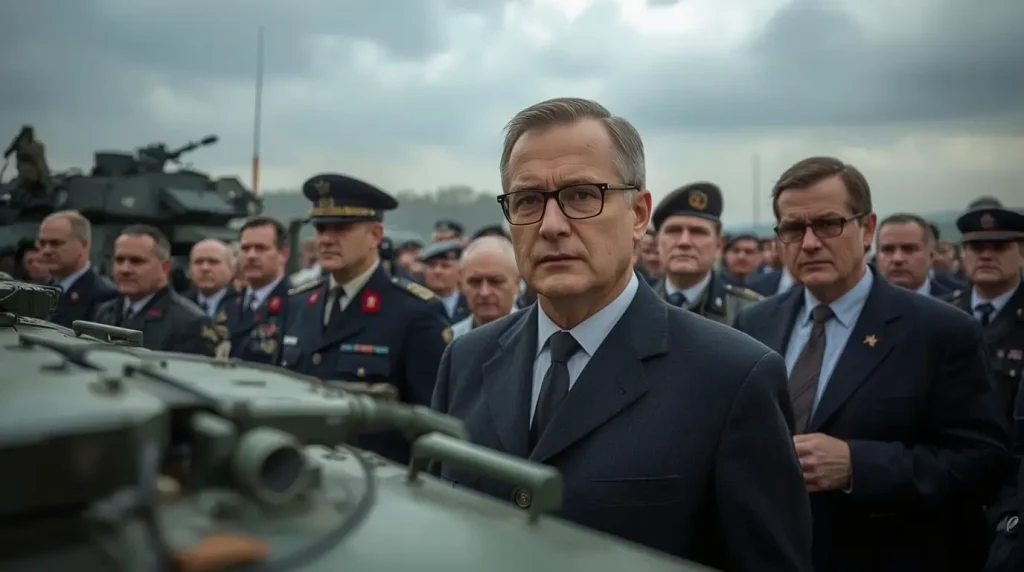
This mission marks the very first U.S. visit to the ZAPAD drills since 2021, the year before Russia’s full-scale invasion of Ukraine. It arrives at a time when the two countries appear to be gradually warming their ties. Just a few weeks ago, Belarus released 52 political prisoners. In return, the U.S. eased some sanctions on Belavia, Belarus’ state-run airline, so that it could resume some flying.
Table: Zapad-2025 Key Workout Highlights
| Aspect | Details |
|---|---|
| Location | Training fields across Russia and Belarus, in the Baltic and Barents Seas |
| Participants | Russia, Belarus, India, Iran, Bangladesh, Burkina Faso, DR Congo, and Mali |
| U.S. Role | U.S. military observers present for the first time since 2021 |
| Key Features | Tactical nuclear drills, launch of the Oreshnik hypersonic missile |
| Dates | Training set for September 2025; activities wrap up on the 16th |
NATO’s Response: Building a Stronger Collective Shield
NATO countries noticed the Russia-Belarus war games while already busy preparing their own stronger defense. Earlier that summer, in June 2025, NATO leaders held a key summit in The Hague. The gathering led to a pledge to raise defense budgets significantly. All NATO nations agreed to direct 5% of their Gross Domestic Product (GDP) on defense each year, a big jump from a previous goal of 2%.
Under the new target, NATO spending is split. Core military needs for armed forces will get 3.5% of GDP. The remaining 1.5% of GDP will protect things like roads, rails, and ports. The extra money will secure military networks, boost civil readiness, fund new technology, and strengthen the defense industrial base. All of these decisions signal a clear change to NATO’s defense strategy. The alliance is now moving to guard itself from threats already on the table in 2025.
The NATO summit gave newly installed Secretary General Mark Rutte his first major test. He told member states they must “shift to a wartime mindset and turbocharge our defense production and defense spending.” Their final statement zoomed in on Russia, labeling it a “long-term threat” and confirming that the alliance stands firm on Article 5, which means a strike on one member is seen as a strike on everyone.
Eastern NATO nations are on high alert due to the ongoing Zapad exercises and a string of disturbances in the region. Right before the drills kicked off, Polish forces shot down several Russian drones that had crossed the border. Romania quickly reported it had intercepted drones of its own.
NATO defenders say the exercises and provocations create a worsening climate of fear. Valery Revenko, a senior general in Belarus, shot back that “NATO is panicking in the face of Russian and Belarusian firepower,” and pressed asking why Poland had deployed more than 40,000 soldiers close to the Belarusian border during the exercises.
The Zapad military drills are getting busier, and the guest list is making the global chessboard even tougher to read. India quietly slipped 65 troops from the veteran Kumaon Regiment into the field, a guest appearance that felt discordant against the background of U.S. trade grumbles with New Delhi. On the peripheral horizon, Iran toting along a few of its friends—Bangladesh, Burkina Faso, the Democratic Republic of the Congo, and Mali—also took a curtain call, according to inside tracks.
India’s cameo is a lesson on tightrope walking in the multipolar circus. On one line, the U.S. and its expanding choreography of partners promises slick Naveen fighter upgrades and access to cutting-edge tech. On the other line, a 1960s postcard of the Kremlin and New Delhi is still warmly taped to the windscreen. The bulk of India’s jets, tanks, and submarines were routed through the cold war fulfillment center in Moscow, even if New Delhi has unveiled a subtle E-commerce strategy of shopping from 14 other catalogs the last 20 years.
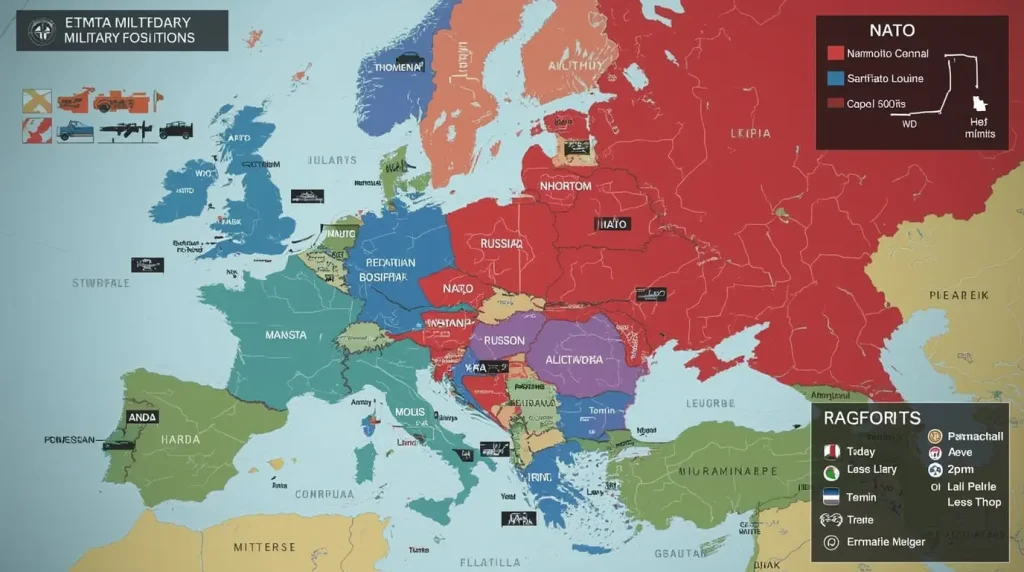
Analysis: Strategic Calculations and Future Implications
U.S. observers attending the Zapad-2025 military drills hint that the Biden administration might want to nudge Belarus a bit away from the Kremlin’s orbit. Analysts in Washington think this could be a way to underline to Minsk that too much closeness with Moscow isn’t in its long-term interest. Yet many observers doubt that the gamble will actually cause Belarus to loosen its ties with Russia. Another interpretation is that the U.S. plans to use Belarus’s tight relationship with the Kremlin as leverage to help broker a ceasefire in Ukraine. These scenarios underline the balance the West is trying to strike in the region.
Meanwhile, NATO has substantially built up its defenses. NATO’s spokesman has called this the most comprehensive upgrade of its protective architecture since the end of the Cold War. Across the spectrum of military activities—ground, naval, aerial, cyber, and outer space—member countries are investing and deploying resources to ensure that any aggressor faces a solid and integrated front. Workshops, snap exercises, and committed readiness timelines are all being used to tighten integration among NATO forces.
Significantly, NATO is shifting from a posture of “deterrence by retaliation” to “deterrence by denial.” This doctrine means that defenses are layered and substantially reinforced, with NATO now permanently stationing more troops closer to Russia, embedding American and allied operational plans, raising budgets, and writing treaties that demand member states to keep specific units prepared in predetermined locations. Rather than relying on the threat of an overwhelming counterstrike, the alliance is making the basic premise that an attack on NATO countries will be foiled before it can succeed.
NATO’s Evolving Strategy Against Today’s Security Threats
| Period | Strategic Approach | Key Characteristics |
|---|---|---|
| Post-Cold War | Deterrence by retaliation | Dependence on US reinforcements after fighting has already started |
| Post-2014 | Enhanced Forward Presence | Light, rotating battlegroups stationed in Eastern Europe |
| Post-2022 | Deterrence by denial | Standing forces, pre-stored gear, and much faster readiness timelines |
| Post-2025 Summit | Comprehensive defense | 5% of national GDP on defense and shared infrastructure protection |
Conclusion: Managing Today’s Complicated Security Landscape
The U.S. choice to send monitors to Russia’s and Belarus’s military exercises shows a careful blend of diplomacy and deterrence during a period of rising global tensions. While discussing security matters with Minsk, Washington also keeps boosting NATO’s defensive readiness and reaffirming its promise to resist Russian moves. These coordinated steps illustrate how modern geopolitics require issues to be approached from both inside and outside the military command. The alliance’s upcoming defense spending goals and expanding deterrence projects must work alongside a growing list of non-traditional threats, from cyber hits and infrastructure sabotage to outright misinformation campaigns.
In the next few months, we’ll see if talks with Belarus lead to real agreements or if the rising military moves on both sides just harden Europe’s existing borders. What we do know for sure is that NATO keeps adjusting to the latest security threats, determined to defend the billion people living in the Alliance.
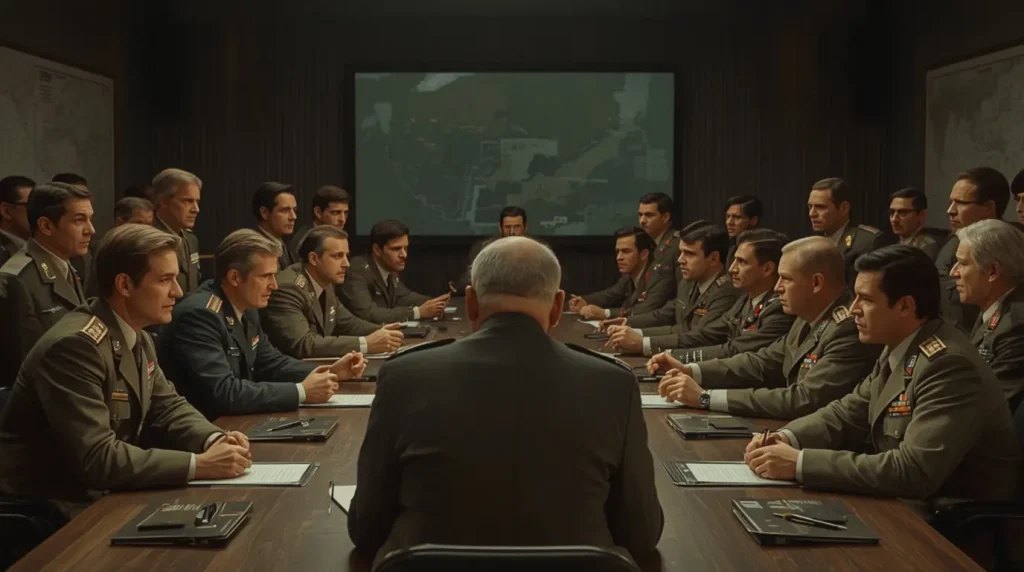
At the recent NATO summit in The Hague, Secretary General Mark Rutte stated, “Whether from Russia or terrorism, cyberattacks, sabotage, or strategic competition—this Alliance is and will remain ready, willing, and able to defend every inch of Allied territory.” Such a strong pledge combined with the highest level of defense spending in NATO’s history guarantees that the Alliance will remain a key player in both European and global security during these shaky times.
Source: https://edition.cnn.com/2025/09/15/europe/us-observes-russia-belarus-wargames-intl-latam
For more incredible stories of everyday news, return to our homepage.


